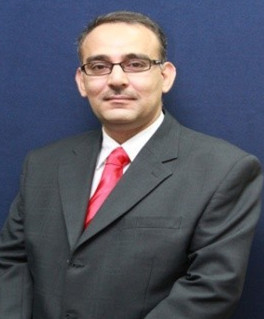Abstract—Solar-hybrid power plants that use large heliostat fields and solar receivers located on top of a tower are now in the position to deploy the first generation of grid connected commercial plants. The well-known CGAM cycle is selected to be hybridized by solar field in gas turbine section and the results are compared to the conventional fossil fired cycle in terms of technical, and economical figures. For steady power generation it is obvious that in any case a certain amount of additional fossil fuel is required to bridge the temperature gap between solar receiver and turbine inlet. The final results of this study show that by stable generation of 30 MWe in both modes, the fuel consumption and CO2 emission decreased by 13.29% annually compared to conventional cycle. Additionally, the calculated total specific investment cost for solar-hybrid plant is substantially more than conventional one due to the fact that low CO2 emissions and low LEC cannot be gained at the same time.
Index Terms—CGAM cycle, power generation, heliostat field,solar receiver, solar-hybrid
R. Soltani, P. Mohammadzadeh Keleshtery, and M. Vahdati are with mechanical engineering, K.N. Toosi University of Technology, Tehran, Iran.(e-mail: soltani.kntu@gmail.com; payam.mohammadzadeh.kntu@gmail.com, maziyar_vahdaty@yahoo.com).
M. Rahbar, Mechanical is with MAPNA (Iran Power Plant Projects Management Company), Tehran, Iran (e-mail: rahbar_m@mapna.com).
M. Amidpoor is with Faculty of Mechanical Engineering, K.N. Toosi University of Technology, Tehran, Iran (e-mail: amidpour@gmail.com).
[PDF]
Cite: Reza Soltani, Payam Mohammadzadeh Keleshtery, Maziyar Vahdaty, Mehdi Rahbar, and Majid Amidpour, "Theoretical Utilization of High Temperature Solar Power Tower Technology in a 30 MW Cogeneration Cycle," Journal of Clean Energy Technologies vol. 1, no. 1, pp. 10-13, 2013.


